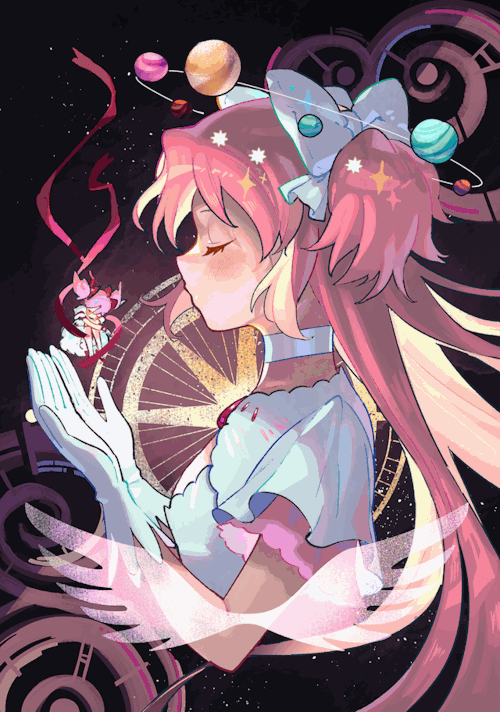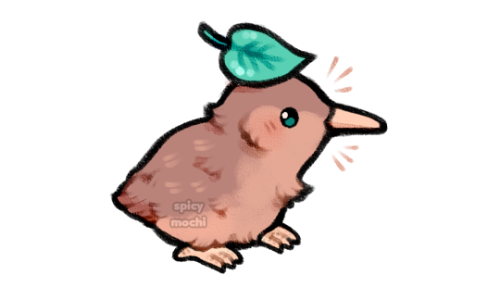This Is The Triangulum Galaxy! 🌌🌌🌌

This is the Triangulum Galaxy! 🌌🌌🌌
Despite being a spiral galaxy, the Triangulum Galaxy has very little star formation as shown through infrared observations from the Wide-field Infrared Survey Explorer (WISE). However, a region known as NGC 604 is the largest stellar nursery between itself, the Milky Way, and the Andromeda Galaxy! 🔥🔥🔥
Taken by me (Michelle Park) using the Slooh Chile One telescope on March 8th, 2022 at 20:17 UTC.
More Posts from Mystarypi and Others

sharing my first post shared in tumblr.

Slooh just got a massive update so there are more quests - which means more collages of astrophotos!
Here is a collection of some of my best nebulae photos: the Lagoon Nebula, Rho Ophiuchi, Horsehead Nebula, and Dumbbell Nebula! 🎇💫🎊🎆✨


This is the Eskimo Nebula! ⛄⛄⛄
This nebula is created by the death of a Sun-like star and its strange 2 layered appearance gives it a lot of creative names such as the Clown-Faced Nebula or the Lion Nebula. Even though it looks like the planetary nebula is smooth, the reality is that it has dense filaments of matter all around it! ✨✨✨
Taken by me (Michelle Park) using the Slooh Chile One telescope on December 6th, 2020 at 3:58 UTC.

2020 November 22
Dark Molecular Cloud Barnard 68 Image Credit: FORS Team, 8.2-meter VLT Antu, ESO
Explanation: Where did all the stars go? What used to be considered a hole in the sky is now known to astronomers as a dark molecular cloud. Here, a high concentration of dust and molecular gas absorb practically all the visible light emitted from background stars. The eerily dark surroundings help make the interiors of molecular clouds some of the coldest and most isolated places in the universe. One of the most notable of these dark absorption nebulae is a cloud toward the constellation Ophiuchus known as Barnard 68, pictured here. That no stars are visible in the center indicates that Barnard 68 is relatively nearby, with measurements placing it about 500 light-years away and half a light-year across. It is not known exactly how molecular clouds like Barnard 68 form, but it is known that these clouds are themselves likely places for new stars to form. In fact, Barnard 68 itself has been found likely to collapse and form a new star system. It is possible to look right through the cloud in infrared light.
∞ Source: apod.nasa.gov/apod/ap201122.html

loop

The Exploding Galaxy is a starburst galaxy which may have been deformed by M81, another neighboring galaxy. 🌌
Starting in April 2010, the Exploding Galaxy started sending out strange radio signals and scientists to this day don’t understand them yet... 👽👽👽
Taken by me (Michelle Park) using the Slooh Canary Two telescope on April 19th, 2020 at 21:57 UTC.


Ultimate Madoka

mini kiwi
-
 abkmc8te2j liked this · 2 years ago
abkmc8te2j liked this · 2 years ago -
 umdux5z38u liked this · 2 years ago
umdux5z38u liked this · 2 years ago -
 443a48pkdk liked this · 2 years ago
443a48pkdk liked this · 2 years ago -
 8qi6fkieen liked this · 2 years ago
8qi6fkieen liked this · 2 years ago -
 nvljk3dpeu liked this · 2 years ago
nvljk3dpeu liked this · 2 years ago -
 cusyzy0yoa liked this · 2 years ago
cusyzy0yoa liked this · 2 years ago -
 bk7s70v4do liked this · 2 years ago
bk7s70v4do liked this · 2 years ago -
 t4eojli2on liked this · 2 years ago
t4eojli2on liked this · 2 years ago -
 hnazx5rrh9 liked this · 2 years ago
hnazx5rrh9 liked this · 2 years ago -
 bnqam195rq liked this · 2 years ago
bnqam195rq liked this · 2 years ago -
 oj1c7owbmk liked this · 2 years ago
oj1c7owbmk liked this · 2 years ago -
 e27n7u8uo4 liked this · 2 years ago
e27n7u8uo4 liked this · 2 years ago -
 lkhkm74y07 liked this · 2 years ago
lkhkm74y07 liked this · 2 years ago -
 1ps7yv4rf8 liked this · 2 years ago
1ps7yv4rf8 liked this · 2 years ago -
 268djguzz7 liked this · 2 years ago
268djguzz7 liked this · 2 years ago -
 genq9qw4yj liked this · 2 years ago
genq9qw4yj liked this · 2 years ago -
 dearadgdiary liked this · 2 years ago
dearadgdiary liked this · 2 years ago -
 a24xka7nw1 liked this · 2 years ago
a24xka7nw1 liked this · 2 years ago -
 celeste20 liked this · 2 years ago
celeste20 liked this · 2 years ago -
 2yw0vqngeo liked this · 2 years ago
2yw0vqngeo liked this · 2 years ago -
 piquqe4zna liked this · 2 years ago
piquqe4zna liked this · 2 years ago -
 g58tzd8yex liked this · 2 years ago
g58tzd8yex liked this · 2 years ago -
 8dh1z8572p liked this · 2 years ago
8dh1z8572p liked this · 2 years ago -
 j59zdntrx9 liked this · 2 years ago
j59zdntrx9 liked this · 2 years ago -
 lk8cjl0mnv liked this · 2 years ago
lk8cjl0mnv liked this · 2 years ago -
 a6x2s33lin liked this · 2 years ago
a6x2s33lin liked this · 2 years ago -
 9iqhtt92sj liked this · 2 years ago
9iqhtt92sj liked this · 2 years ago -
 dkiiw1zyc5 liked this · 2 years ago
dkiiw1zyc5 liked this · 2 years ago -
 pe2e2mptip liked this · 2 years ago
pe2e2mptip liked this · 2 years ago -
 ljf7dx236s liked this · 2 years ago
ljf7dx236s liked this · 2 years ago -
 x9fxnevtax liked this · 2 years ago
x9fxnevtax liked this · 2 years ago -
 edselarf liked this · 2 years ago
edselarf liked this · 2 years ago -
 9qbshps8ri liked this · 2 years ago
9qbshps8ri liked this · 2 years ago -
 yhsu4z6f3t liked this · 2 years ago
yhsu4z6f3t liked this · 2 years ago -
 v9vp2s5wri liked this · 2 years ago
v9vp2s5wri liked this · 2 years ago -
 0ou2erc5ni liked this · 2 years ago
0ou2erc5ni liked this · 2 years ago -
 f46p4nvjp2 liked this · 2 years ago
f46p4nvjp2 liked this · 2 years ago -
 osifdf7nhq liked this · 2 years ago
osifdf7nhq liked this · 2 years ago -
 cegspcxn87 liked this · 2 years ago
cegspcxn87 liked this · 2 years ago
